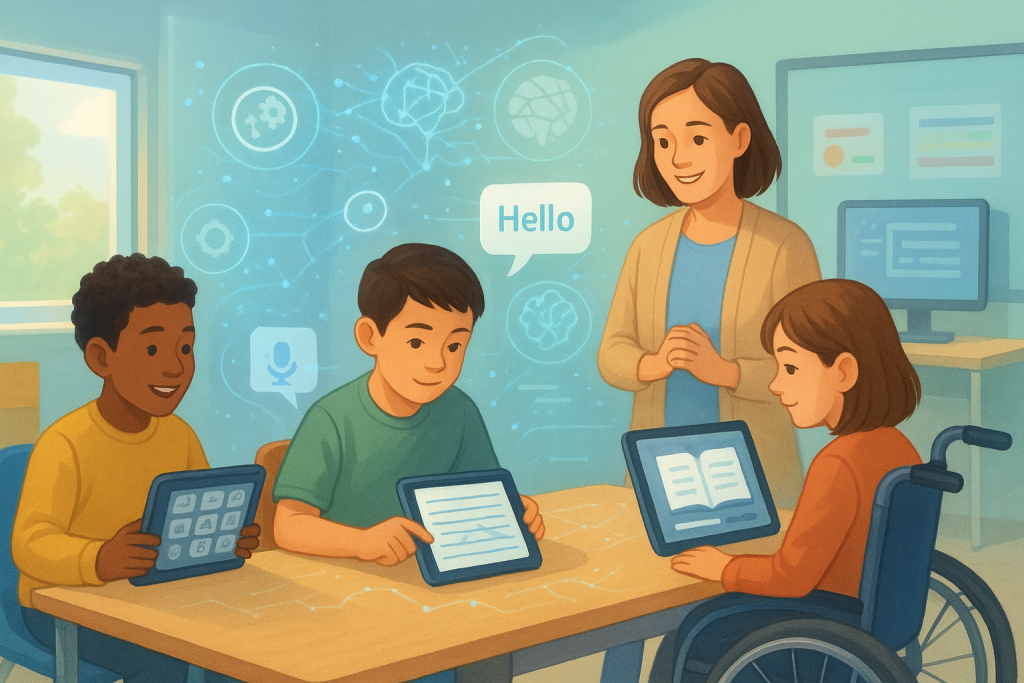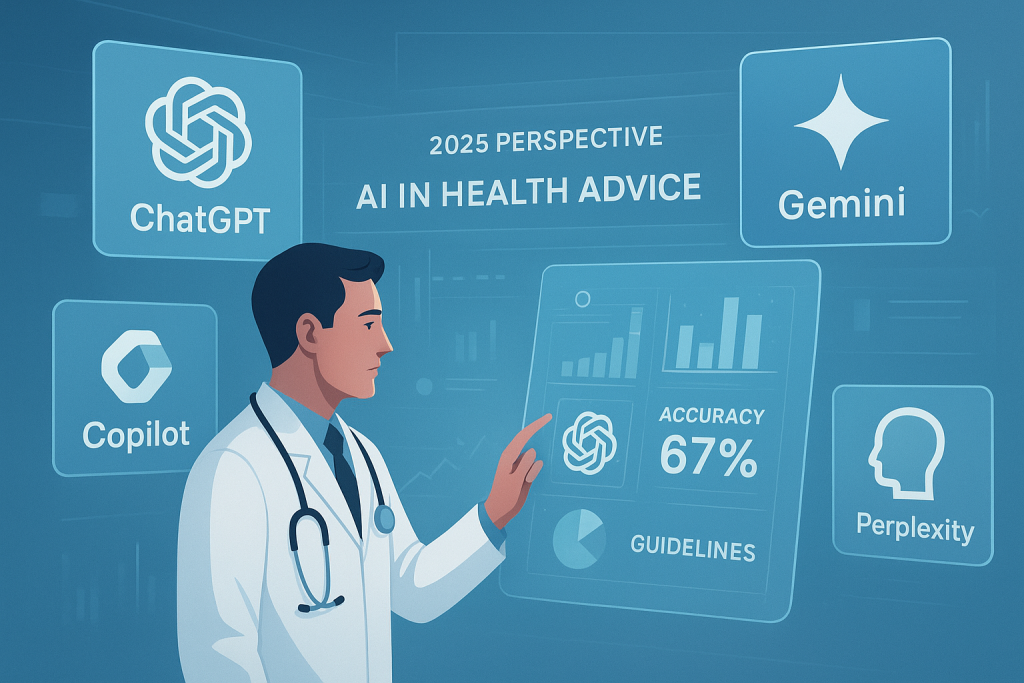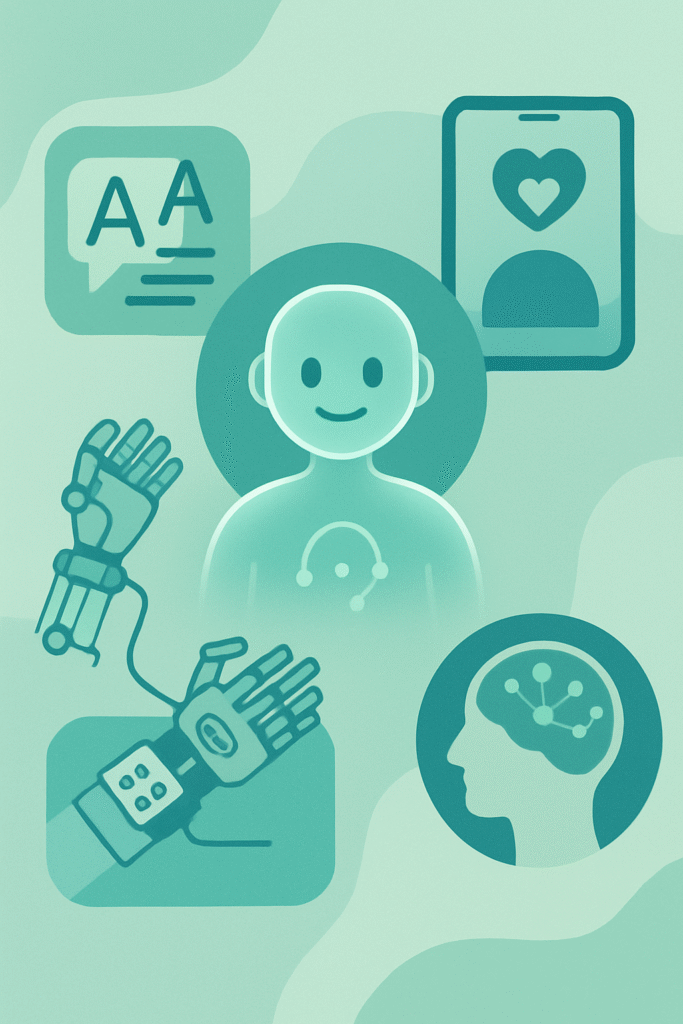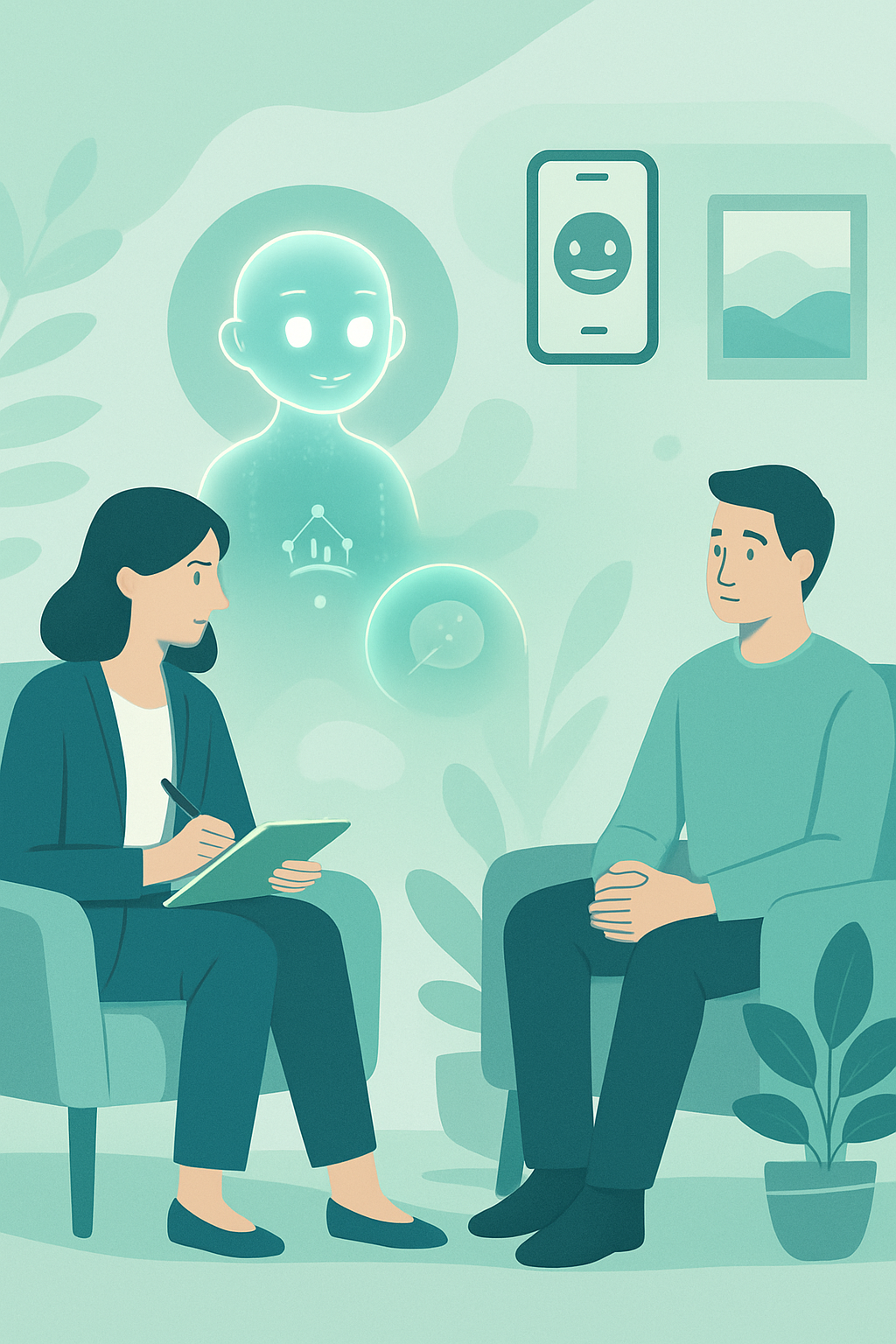
Cliquez moins, pensez plus : comment Atlas change la journée
ChatGPT Atlas est le genre de mise à niveau dont on mesure la valeur après une seule journée de travail. Au lieu de jongler entre un onglet ChatGPT séparé, une douzaine de pages de recherche et cet e‑mail à moitié rédigé, Atlas intègre l’assistant directement dans le navigateur pour que vous puissiez lire, demander, rédiger et même déléguer des étapes sans perdre votre concentration. OpenAI l’a présenté le 21 octobre 2025 comme un navigateur macOS disponible dans le monde entier pour les utilisateurs Free, Plus, Pro et Go, avec un mode Agent en préversion pour Plus, Pro et Business et des options activables par les administrateurs pour Enterprise et Edu. Les versions Windows, iOS et Android arrivent, mais l’histoire commence ici : un navigateur qui comprend la page sur laquelle vous êtes et peut vous aider à agir dessus. Si vous avez déjà copié un paragraphe dans ChatGPT juste pour obtenir une explication plus simple, vous allez apprécier la barre latérale Ask ChatGPT. Elle s’affiche à côté de ce que vous consultez, de sorte que vous pouvez surligner un passage et demander une explication, un résumé pour les familles ou un brouillon rapide à coller dans vos notes sans quitter la page. Vous pouvez taper ou parler, et la conversation reste ancrée à la page visible. Pour l’écriture, Atlas ajoute un curseur « Edit with ChatGPT » directement dans les champs de texte du web : sélectionnez du texte, invoquez le curseur et demandez une révision ou dictez un nouveau contenu sur place. On a moins l’impression de consulter un outil que d’avoir un collègue serviable en marge. Là où les choses deviennent intéressantes, c’est le mode Agent. Lorsque vous l’activez, ChatGPT peut agir au sein de votre session de navigation actuelle : ouvrir des onglets, se déplacer, cliquer et exécuter des enchaînements multi‑étapes que vous décrivez. Vous planifiez un atelier ? Demandez‑lui de rassembler des options de lieux correspondant à votre liste de contrôle d’accessibilité, de comparer les prix et les politiques, puis de rédiger un court e‑mail aux deux meilleurs. Vous gérez des tâches administratives ? Laissez‑le préremplir des formulaires routiniers et s’arrêter pour votre relecture avant l’envoi. Vous fixez les garde‑fous, des sources préférées aux points d’approbation requis, et vous pouvez même faire tourner l’agent « déconnecté » pour l’éloigner des sites où vous êtes connecté, sauf si vous autorisez explicitement l’accès. C’est un relais naturel : vous lancez la tâche, l’agent la poursuit et il rend compte dans le panneau au fil de l’eau. Parce que c’est un navigateur, la confidentialité et le contrôle comptent plus que les fonctionnalités. Atlas est livré avec une exclusion de l’entraînement activée par défaut : OpenAI n’utilise pas ce que vous parcourez pour entraîner les modèles, sauf si vous activez « Include web browsing » dans Data controls. Les Browser memories, la fonctionnalité qui permet à ChatGPT de retenir des faits et préférences de haut niveau à partir de vos pages récentes, sont strictement optionnelles, visibles dans Settings et supprimables ; effacer votre historique de navigation supprime aussi les Browser memories associées. Le contenu Business et Enterprise est exclu de l’entraînement, et les administrateurs peuvent décider si les Browser memories sont disponibles ou non. Si vous voulez des signaux de qualité pour améliorer la navigation et la recherche sans contribuer à l’entraînement, Atlas sépare ce commutateur de diagnostic du commutateur d’entraînement des modèles pour que vous puissiez laisser l’un activé et l’autre désactivé. La configuration est rapide. Téléchargez l’app macOS, connectez‑vous avec votre compte ChatGPT et importez vos favoris, mots de passe et historique depuis Chrome pour ne pas repartir de zéro. Vous pouvez faire d’Atlas votre navigateur par défaut en un clic, et un léger relèvement temporaire des limites de débit est prévu pour les nouveaux utilisateurs qui le définissent par défaut afin de lisser la transition. Il fonctionne sur les Mac avec puce Apple et macOS 12 Monterey ou version ultérieure, ce qui couvre la plupart des machines modernes d’école ou de cabinet. Pour une pratique « brain‑friendly », que vous souteniez des apprenants, coachiez des adultes ou coordonniez des thérapies, Atlas change la cadence de votre journée. La recherche n’exige plus la chorégraphie du fauteuil pivotant : ouvrez une page de directives ou de politique, demandez à la barre latérale d’extraire les critères d’éligibilité ou les aménagements, et continuez à lire pendant qu’elle compile l’essentiel. Quand les politiques se contredisent, demandez‑lui de faire remonter les différences et la formulation exacte à discuter avec votre équipe. La rédaction s’allège aussi. Besoin d’une mise à jour aux parents en arabe et en anglais ? Gardez votre page d’établissement ouverte, demandez à Atlas de produire une explication en deux colonnes fondée sur cette page, puis collez‑la dans votre newsletter ou votre note WhatsApp. Parce que le chat reste à côté de la source, vous perdez moins le contexte et vous gardez plus facilement des citations propres. Les bénéfices sont concrets au Qatar et dans toute la région MENA (Moyen‑Orient et Afrique du Nord), où la communication bilingue et la rapidité d’exécution font souvent la différence. Atlas respecte vos connexions existantes et fonctionne localement sur macOS, ce qui signifie qu’il s’adapte à vos sites régionaux et à vos flux de travail arabe/anglais sans nouveaux portails. Commencez petit : utilisez la barre latérale pour des étayages de compréhension pendant les cours, des résumés en langage clair pour les familles ou des glossaires bilingues à la volée. Quand votre équipe est à l’aise, essayez le mode Agent pour des tâches répétables comme la collecte des politiques de lieux, la rédaction de comparatifs fournisseurs ou la préparation de check‑lists de rentrée — tout en gardant l’agent en mode déconnecté si vous ne voulez pas qu’il s’approche de dossiers sous authentification. L’objectif n’est pas d’automatiser le jugement ; c’est de délester les clics pour consacrer l’attention là où elle compte. La sécurité est une responsabilité partagée, et OpenAI reconnaît franchement que la navigation agentique comporte des risques. Atlas limite ce que l’agent peut faire,







